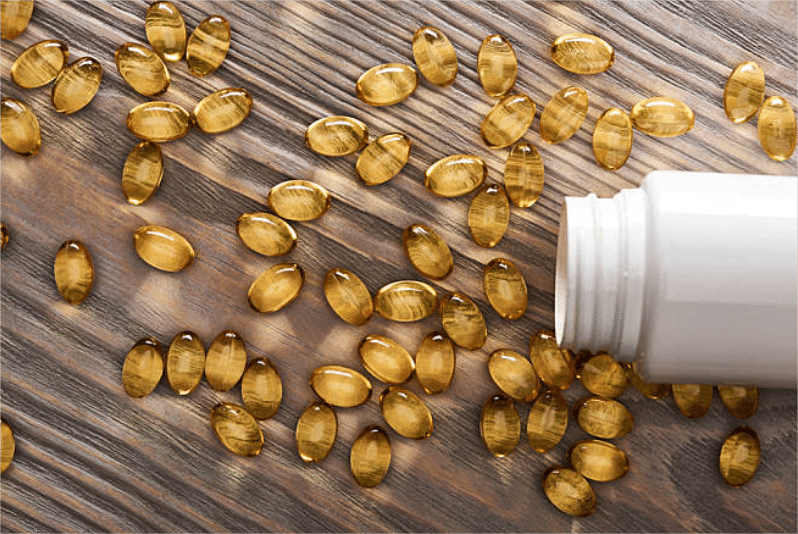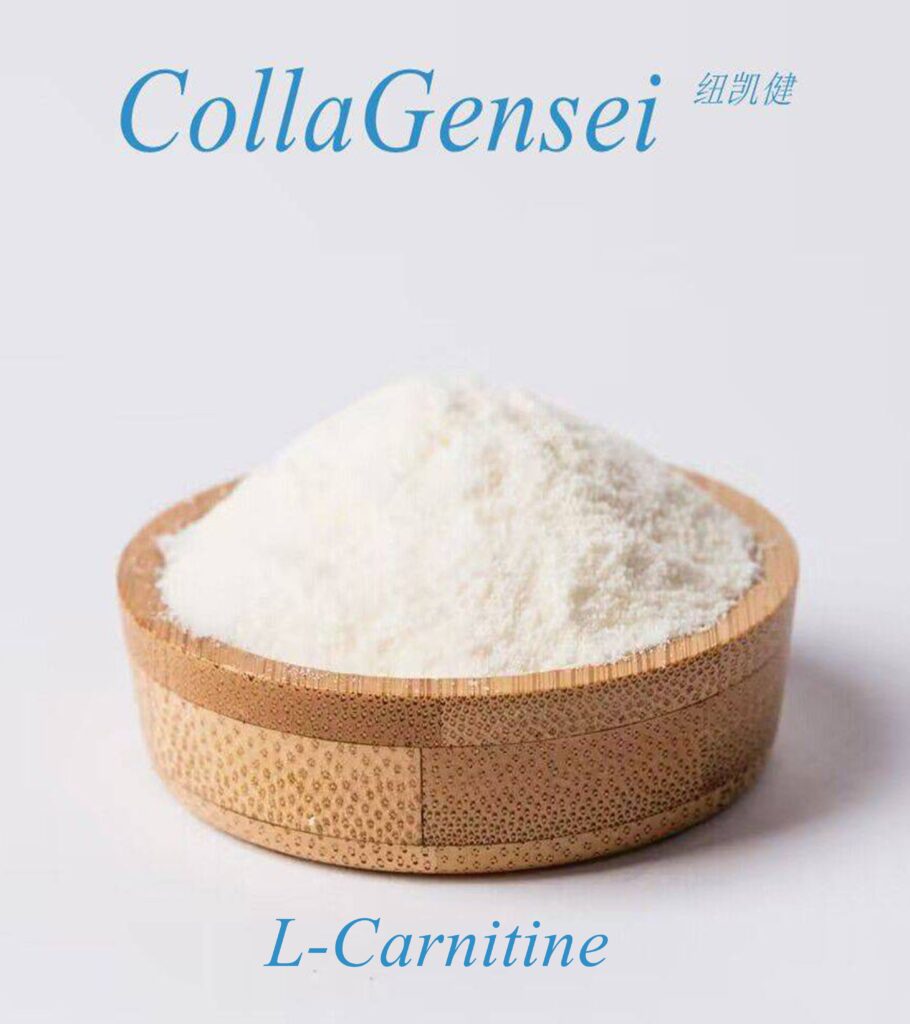Introduction
In the world of health and wellness, particularly regarding skin care and joint health, gelatin, and sodium hyaluronate are two substances that have garnered significant attention. Both have unique properties and applications, yet they serve different bodily purposes. This article will explore the differences between gelatin and sodium hyaluronate, discussing their origins, nutritional profiles, health benefits, uses, and the latest scientific research. By the end, you’ll better understand how these two substances can contribute to your health and well-being.
Chapter 1: Understanding Gelatin
What is Gelatin?
Gelatin is a colorless, flavorless substance derived from collagen, a natural protein found in animal connective tissues, bones, and skin. The production of gelatin involves boiling these animal parts to extract collagen, which is then dried and processed into powder or sheets. Gelatin is widely used in culinary applications and has numerous health benefits.
Nutritional Profile of Gelatin
Gelatin is primarily composed of protein, particularly collagen protein. A typical nutritional breakdown for a tablespoon (about 10 grams) of gelatin includes:
- Calories: 35
- Protein: 9 grams
- Fat: 0 grams
- Carbohydrates: 0 grams
Although gelatin is low in calories and contains no fats or carbohydrates, it is important to note that it is not a complete protein; it lacks certain essential amino acids. The amino acids most commonly found in gelatin include glycine and proline, crucial in various physiological functions.
Health Benefits of Gelatin
- Joint Health: Gelatin may help support joint health due to its collagen content, potentially reducing pain and inflammation associated with conditions like osteoarthritis.
- Digestive Support: It can promote gut health by strengthening the intestinal lining and aiding digestion.
- Skin Elasticity: Regular consumption of gelatin may improve skin elasticity and hydration, making it a popular ingredient in beauty products.
- Muscle Recovery: The amino acids in gelatin can support muscle recovery and repair after exercise.
- Weight Management: Gelatin can help promote feelings of fullness, aiding in weight control.
Culinary Uses of Gelatin
Gelatin is a versatile ingredient that is used in various culinary applications:
- Desserts: Commonly found in jellies, panna cotta, marshmallows, and gummy candies.
- Soups and Sauces: This can enhance texture and body in soups, gravies, and sauces.
- Stabilizer: Used to stabilize whipped creams and mousses.
Chapter 2: Understanding Sodium Hyaluronate
What is Sodium Hyaluronate?
Sodium hyaluronate is the sodium salt of hyaluronic acid, a naturally occurring substance crucial in retaining moisture in connective tissues, skin, and joints. It is known for its exceptional ability to attract and hold onto water molecules, making it a key ingredient in many cosmetic and health products.
Nutritional Profile of Sodium Hyaluronate
Sodium hyaluronate is not a nutrient in the traditional sense; instead, it is a glycosaminoglycan, a carbohydrate integral to the extracellular matrix. It can hold up to 1,000 times its weight in water, making it vital for maintaining tissue hydration.
Health Benefits of Sodium Hyaluronate
- Joint Lubrication: Sodium hyaluronate acts as a lubricant in synovial fluid, which helps reduce friction between cartilage surfaces in joints.
- Skin Hydration: It is widely used in skincare products for its hydrating properties, helping to maintain skin elasticity and reduce the appearance of fine lines and wrinkles.
- Wound Healing: Sodium hyaluronate may promote faster wound healing by facilitating tissue repair and regeneration.
- Ophthalmic Applications: It is used in eye drops to relieve dryness and irritation, providing eye moisture.
Culinary Uses of Sodium Hyaluronate
Sodium hyaluronate is primarily used in cosmetic and pharmaceutical formulations rather than in food. It is found in a variety of products, including:
- Skincare Products: Moisturizers, serums, and anti-aging creams.
- Injectables: Used in dermal fillers to enhance skin volume and hydration.
- Ophthalmic Solutions: Eye drops designed to relieve dryness.
Chapter 3: Comparing Gelatin and Sodium Hyaluronate
Nutritional Differences
The main distinction between gelatin and sodium hyaluronate lies in their composition. Gelatin is primarily a protein derived from collagen, while sodium hyaluronate is a glycosaminoglycan that serves as a lubricant and moisturizer. This difference in composition leads to varying functions and benefits in the body.
Health Benefits Comparison
- Joint Health: Both substances support joint health, but they do so in different ways. Gelatin provides the building blocks for cartilage, while sodium hyaluronate acts as a lubricant within the joints.
- Skin Health: Sodium hyaluronate is more effective for skin hydration and elasticity, while gelatin may contribute to skin health through collagen synthesis.
- Wound Healing: Sodium hyaluronate has a more direct role in promoting wound healing than gelatin.
Culinary Uses
Gelatin is widely used in cooking and baking, while sodium hyaluronate is primarily found in cosmetic and pharmaceutical products. This difference influences how each can be integrated into a diet or health regimen.
Preparation and Availability
Gelatin is readily available in powdered or sheet forms and can be found in grocery stores and health food shops. Sodium hyaluronate is primarily available in supplements, skincare products, and injectables, often requiring a prescription for specific medical applications.
Chapter 4: Scientific Research
Research on Gelatin
Numerous studies have explored the health benefits of gelatin, particularly its effects on joint health, skin elasticity, and digestive health. Research suggests that gelatin supplementation can help alleviate symptoms of osteoarthritis and improve overall joint function. Also, gelatin’s role in supporting gut health has been investigated, particularly concerning leaky gut syndrome.
Research on Sodium Hyaluronate
Sodium hyaluronate has been extensively studied for its effects on joint lubrication and skin hydration. Clinical trials have demonstrated its efficacy in improving joint function in osteoarthritis patients and its ability to hydrate and plump the skin in cosmetic applications. Studies have also highlighted its potential benefits in wound healing and ocular health.
Chapter 5: Practical Considerations
How to Incorporate Gelatin into Your Diet
- Desserts: Use gelatin to create jellies, panna cotta, or marshmallows.
- Thickening Agent: Add gelatin to soups or sauces for a richer texture.
- Homemade Gummies: Make gummy snacks using fruit juice and gelatin.
- Smoothies: Incorporate gelatin powder into smoothies or protein shakes.
How to Use Sodium Hyaluronate
- Skincare Products: Look for moisturizers or serums containing sodium hyaluronate for enhanced skin hydration.
- Supplements: Available in capsule or powder form; follow dosage recommendations on the label.
- Ophthalmic Solutions: Use sodium hyaluronate eye drops to relieve dryness and irritation.
Chapter 6: Safety and Side Effects
Gelatin Safety
Gelatin is generally considered safe for most people when consumed in food or supplement form. However, some individuals may experience allergic reactions, particularly if they have sensitivities to specific animal sources. It is advisable to choose high-quality, sourced products to avoid potential contaminants.
Sodium Hyaluronate Safety
Sodium hyaluronate is considered safe for topical use in skincare products. Injections should only be administered by qualified healthcare professionals to minimize risks. Some individuals may experience mild side effects, such as redness or swelling at the injection site. Always consult a healthcare provider before starting any new supplement regimen.
Chapter 7: Conclusion
Both gelatin and sodium hyaluronate offer unique benefits for joint health, skin hydration, and overall well-being. Gelatin is a versatile ingredient in cooking, providing nutritional benefits and culinary flexibility. Sodium hyaluronate, on the other hand, is primarily used in cosmetic and medical applications for its exceptional hydrating properties.
By understanding the distinctions between these two substances, individuals can make informed choices about incorporating them into their dietary and health regimens. Whether you choose gelatin in your favorite recipes or sodium hyaluronate for skincare, both options can contribute positively to your overall health.




